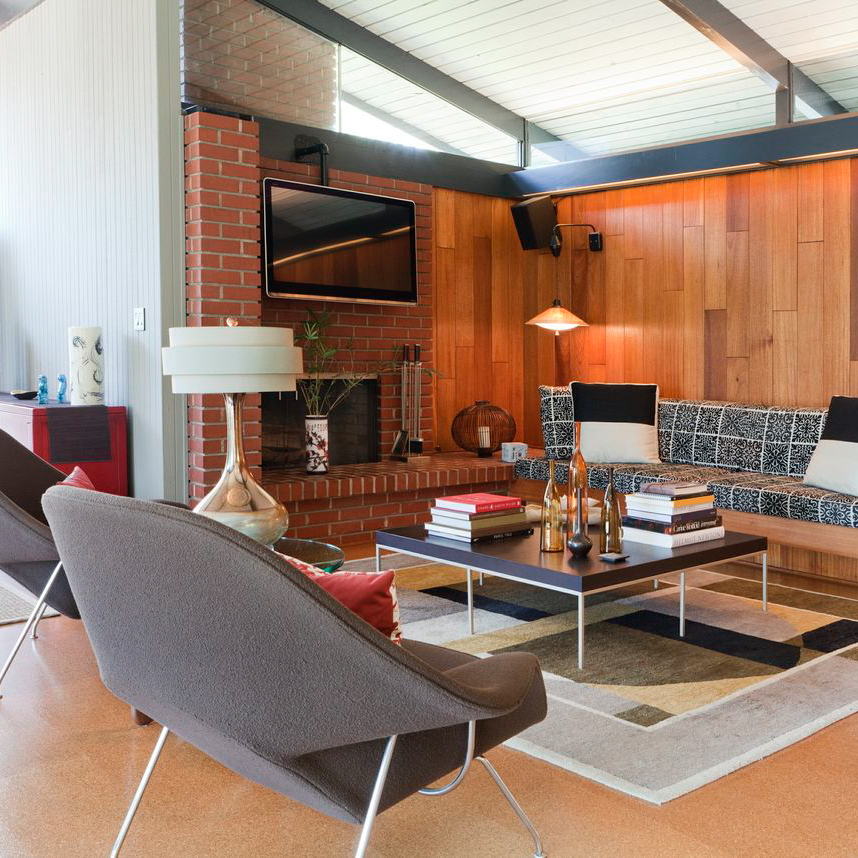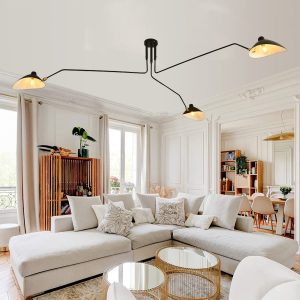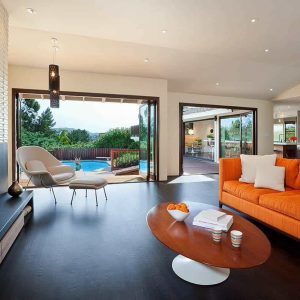
Designing the Perfect Bulb Lamp: A Study on Form, Function, and Aesthetics
Bulb lamps are ubiquitous in our lives: from ceiling fixtures to desk lamps, from streetlights to decorative lighting for a fancy dinner party. A well-designed bulb lamp not only provides sufficient lighting for our activities, but also adds aesthetics to our surroundings. This article will explore the principles and practices of designing the perfect bulb lamp, covering the aspects of form, function, and aesthetics.
The Form of Bulb Lamp Design
The form of a bulb lamp can have a significant impact on its functionality and aesthetics. First and foremost, the bulb lamp should be designed to fit the purpose it serves. For example, a desk lamp should have an adjustable arm and a shade that directs the light towards the work surface, while a living room lamp should disperse light evenly in all directions.
The materials used in the form of the bulb lamp can also play an important role in the overall design. From glass to metal, from plastic to fabric, the materials used can affect the lamp’s durability, weight, and texture. The designer should also consider the ergonomics of the bulb lamp, such as its weight, size, and ease of use.
Functionality of Bulb Lamp Design
The functionality of a bulb lamp is critical to its success. Some of the most important factors to consider include energy efficiency, brightness, and color temperature. LED bulbs are an excellent option for energy-efficient bulb lamps, as they consume less power and last longer than traditional bulbs.
Brightness is also an essential function of bulb lamps, as different activities require different levels of lighting. For instance, a reading lamp should be brighter than a mood lamp. The designer should also consider the color temperature of the bulb, which can affect the ambiance of a room.
Aesthetics in Bulb Lamp Design
Finally, aesthetics is a crucial aspect of bulb lamp design, as it affects how the lamp looks and feels in our living spaces. An aesthetically pleasing bulb lamp can enhance the beauty of a room, while a poorly designed lamp can detract from the overall ambiance.
The designer should consider the style, color, and shape of the bulb lamp. Whether the lamp blends in with the surroundings or makes a statement, the design should reflect the intended use and purpose of the lamp.


